Kurt Cobain: The Dramatic Rise And Tragic Fall Of The King Of Grunge
Kurt Cobain was a man of many things. Not only was he talented, but he was the voice of a new style of music at a time when music needed a revival from Generation X. Thankfully, Kurt, and many other bands and musicians during his time, challenged that and embarked on the evolution of a new sound.
During the early part of his life, Cobain battled several ups and downs with his personal struggles, especially during his tenure with Nirvana. The tragic end of his life is considered to be the day grunge music died. While it has been many years since his death, there is still plenty we're still learning about the complicated musician. For one, MTV Unplugged almost didn't happen!
Childhood Roller Coaster

On February 21, 1967, Kurt Donald Cobain was born in Aberdeen, Washington. He was the son of Wendy and Donald and he had a younger sister Kim. Growing in a small town just outside of Seattle, Cobain developed an interest in drawing and his talent to draw was apparent in his kindergarten class.
Unfortunately, both Cobain children had to deal with the constant fighting between their parents. That led to their divorce when Kurt was just nine-years-old and it had a major effect on his life. He lived with his parents on separate occasions and when his father remarried, Cobain resented his stepmother and her two children.
Troubled Youth
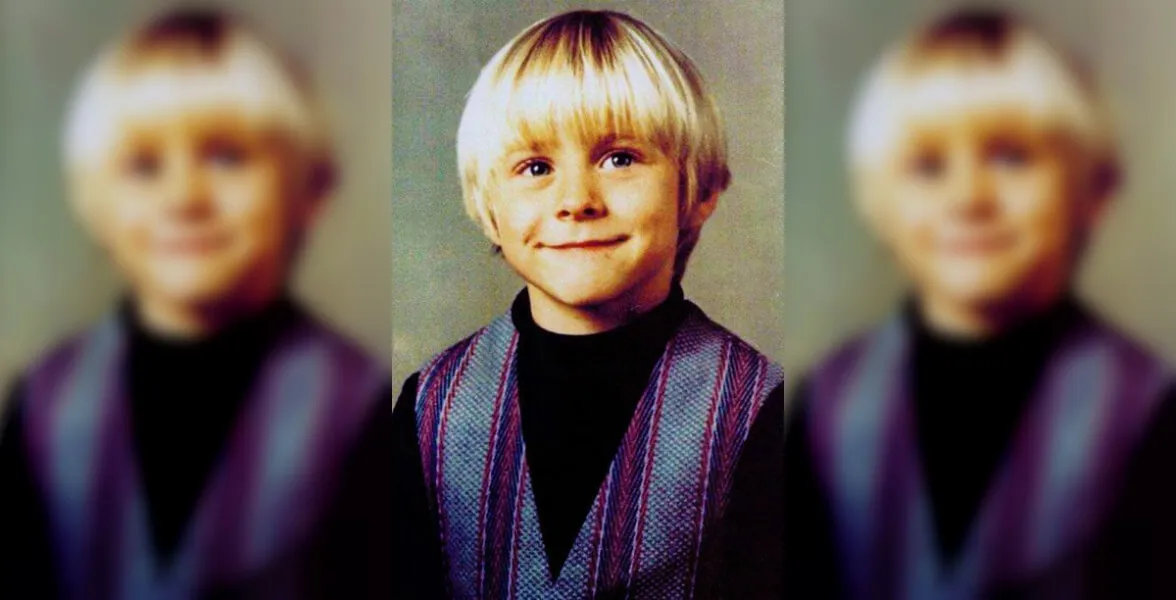
Cobain was ill-mannered toward adults during his youth and began being a bully in school. These behaviors resulted in his father and stepmother seeing a therapist, who insisted Kurt would benefit from a single family environment. On June 28, 1979, Cobain's mother granted full custody to his father.
His teenage rebellion saw Cobain drinking and doing drugs while in high school, which resulted in him dropping out of high school altogether. In July 1985, Cobain was arrested for spray painting buildings with some friends, only to receive a fine and suspended sentence for his actions.
Musical Influences
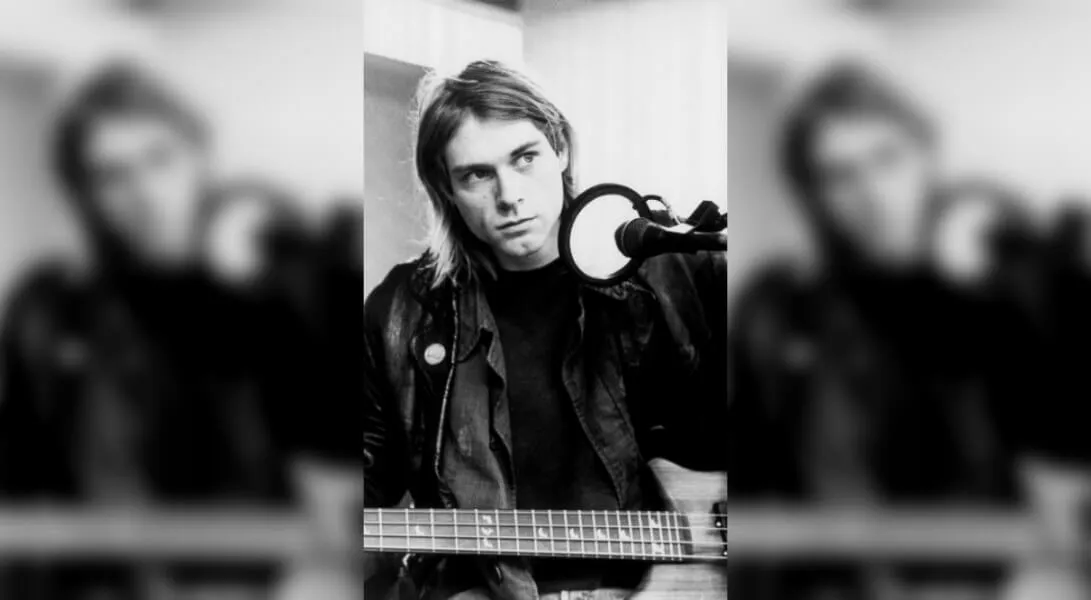
Cobain's family had a musical background as his aunt and uncle were musicians themselves. It was no surprise that he garnered an interest in music at a young age. One of the bright spots of his difficult youth was the moment when his uncle gave him a guitar as a birthday gift.
This inspired Kurt to play and it offered him an escape from reality from his dissatisfying home life. From then on, Cobain started listening to punk rock, and he discovered the punk band The Melvins. He befriended one of the members of the group, Buzz Osbourne, and Cobain would often see the band rehearse sessions.
Before Nirvana
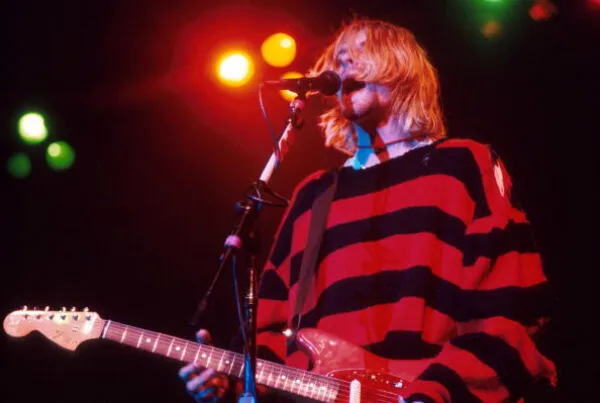
While hanging out with The Melvins, Cobain met Krist Novoselic. The pair would soon after practice in the upstairs room of Novoselic's mother's hair salon. Once they started playing together, Cobain did his best to persuade Novoselic to form a band with him. Novoselic finally agreed to join Cobain, under the name Fecal Matter.
They began rehearsals in 1986 but their main issue was the lack of a drummer. Kurt and Krist went through three different drummers: Aaron Burchard, Dale Crover, and Dave Foster. By 1990, Buzz Osbourne met Dave Grohl, who was looking for a new band following the breakup of his last band Scream. Days later, Novoselic and Cobain auditioned Grohl, and the rest was said and done.
Kurt, Dave, And Krist
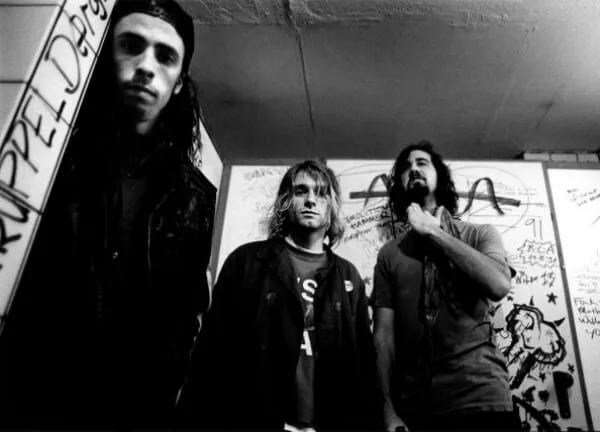
It took them a few years to get their feet off the ground, but Nirvana did have some other names before they stuck with that one. The band tried other names including Skid Row and Ted Ed Fred, but Nirvana stuck to Cobain because it was a name that was kind of beautiful and not something that's mean.
With his rock ambitions finally realized, Nirvana made their first single "Love Buzz", released on Sub Pop Records. Their popularity in Seattle was growing, which led to their debut album Bleach in 1989. It didn't make a splash but this showed the first emergence of Cobain's strong writing presence with the song "About A Girl".
Thanks, Deodorant
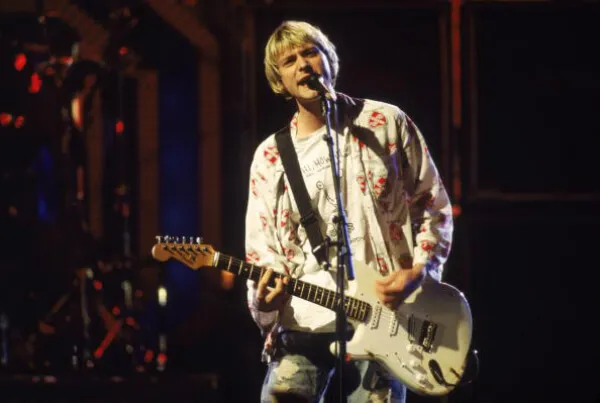
Despite the whole "anti-punk" attitude, Nirvana made a step forward when they signed with Geffen Records in 1991. After a night of partying, Cobain and his friends partied all night until they came across Bikini Kill lead singer, Kathleen Hanna. She wrote, "KURT SMELLS LIKE TEEN SPIRIT".
What Hanna meant was that Cobain smelt like the Teen Spirit, a deodorant which his then-girlfriend Tobi Vail wore. The phrase stuck and Cobain came up with the lyrics to the reference. Cobain did a great job of singing the mellow chorus and screaming in its final lines. The song proved to the Nirvana's best single, and Nevermind topped the charts.
Kurt & Courtney
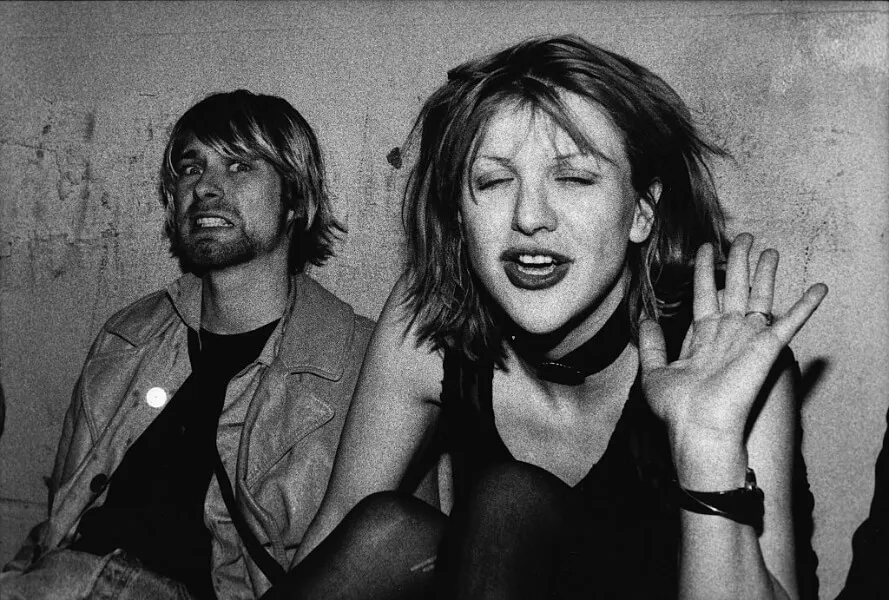
Before Nirvana got big, Cobain made an important connection in his personal life. He met his wife-to-be, Courtney Love, in 1990. The pair met at a show in a nightclub in Portland called Satyricon. The two were obviously interested in each other, but their relationship didn't take off until later on.
In their first interactions, Cobain broke off several dates while pushing away Love's flirtatious advantages. He wasn't too sure if he wanted a relationship, but they bonded through their drug use. On February 24, 1992, Cobain and Love tied the knot at a ceremony on Waikiki Beach in Hawaii and welcomed Frances Bean six months later.
Rapid Rise Of Grunge
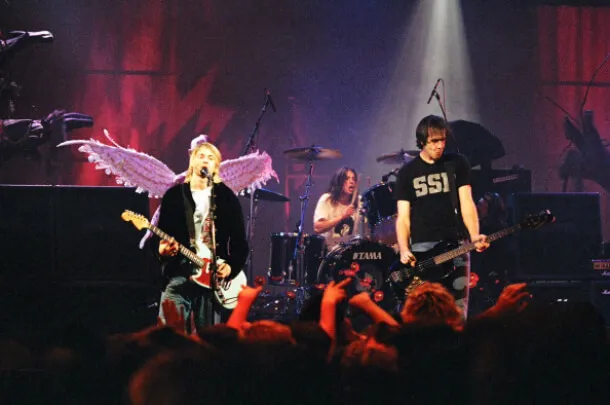
Cobain was being called one of the best songwriters of his generation. Not only that, but the quick rise of the group and grunge became a time of pressure for the talented but sensitive musician. Only at 24 years old, Cobain was concerned about how his music was being received and how to regain control of himself.
His future was somewhat uncontrollable. Cobain relied on drugs and started using heroin around the time he met Courtney Love. His use of the drug would be an escape for the musician. It provided some relief, especially for his chronic stomach problems.
MTV Unplugged Almost Never Happened
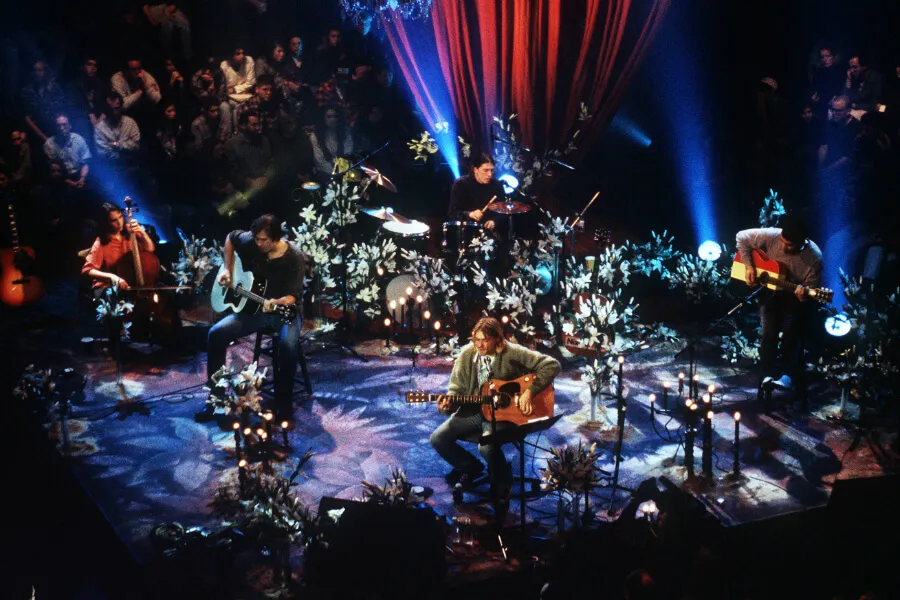
MTV once had the show Unplugged and it featured one of Nirvana's best performances. The live album is wonderful as the band played originals and covers that still receive a ton of airplay to this day. What most people might not know is that it almost never happened.
There was tension between Cobain and Grohl's drumming as Cobain wanted the drums to be really light and not overpower the songs. MTV found out that Nirava wasn't going to play "Smells Like Teen Spirit" and elected to play B-side Nirvana songs. The executives weren't happy but they gave in since they had no choice.
More Acoustic, Less Grunge
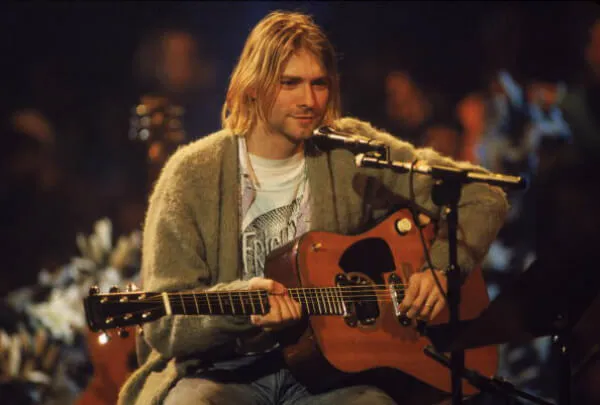
If that forgettable April day never happened, the fourth studio album from Nirvana would have been much, much different. Thanks to the great performance of MTV: Unplugged, the band that was known for their grunge roots would have had an acoustic album released.
Cobain even discussed moving away from grunge with Michael Stipe, the frontman of R.E.M. Imagine a quiet and acoustic album by a band who became the face of grunge music that was ready to take the next step in their careers, only to have it shortlived.
A Cobain Petting Zoo Almost Happened
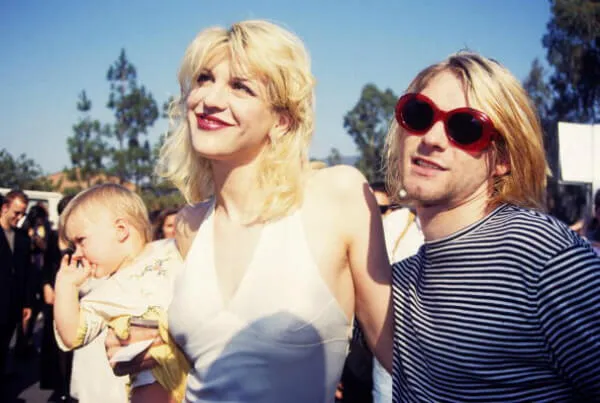
Cobain was not only a father, husband, and a musician, he was a lover of animals. He once brought it up when Nirvana was the musical guest on Saturday Night Live and it's not certain if he was being serious about starting a petting zoo.
Maybe he was high on more than just the energy he had that night, but Cobain loved animals. It likely would have been a random assortment of animals like cats, chickens, and sheep. Oh, Kurt, the innovations of your soft side is what makes people miss you even more.
The Show Must Go On
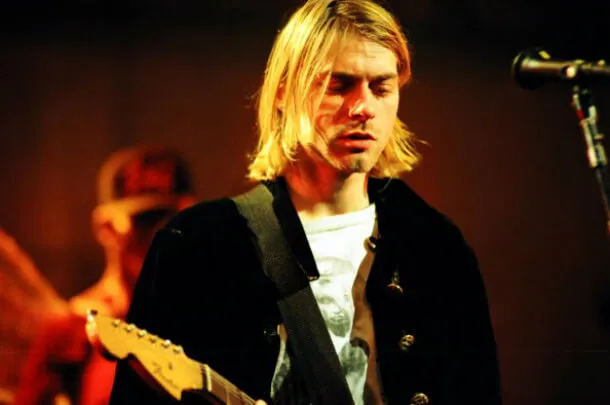
Nevermind was a commercial success and Nirvana found themselves as the musical guest of Saturday Night Live. However, Cobain was found with a syringe in his arm and was slumped behind a toilet in his New York hotel room. He went on to fulfill his obligation despite overdosing on heroin.
He went on to participate in a full day of interviews and did a live show in one day. Apparently, the band's public relations team had a funny feeling that this event would happen. A drug dealer came and went but Cobain and Love started fighting to the point where the PR team broke the door down and saw Cobain in his state.
Personal Struggles With Drugs
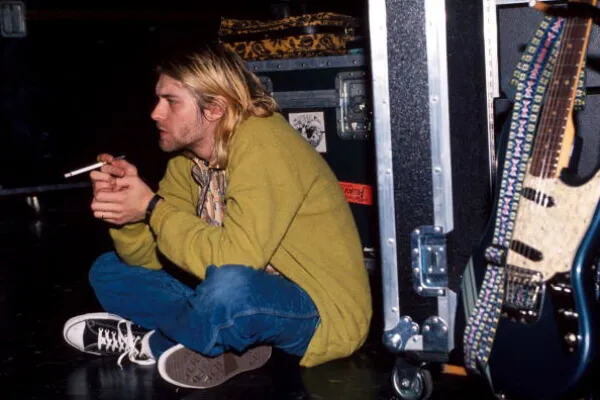
Cobain's personal life was mostly in shambles, even when he continued to have success. In Utero was released in September 1994 and most of the album's songs are full of personal lyrics from Cobain about his struggles. Once Nirvana earned great reviews, Cobain became more distant from the other members.
On a break during a tour, Cobain spent some time in Europe with his family. This was when he attempted suicide by overdosing on drugs on March 4, 1994. Love discovered Cobain was not well and he was sent to the hospital in a coma, clearly trying to end his life.
The End Of Grunge
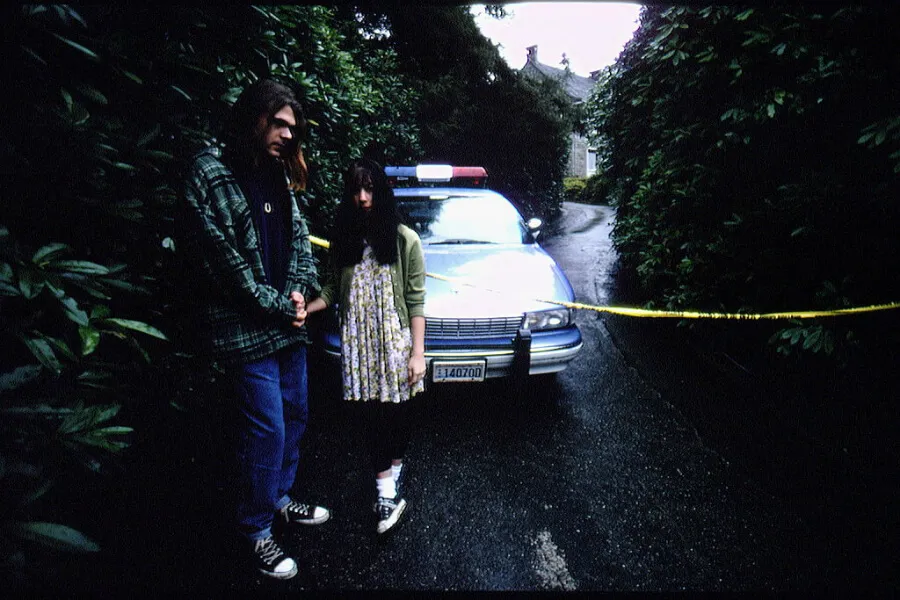
Upon returning home from Europe, Cobain remained distant while isolating himself and getting high. On March 18, Love called the cops to report that Cobain was suicidal as he locked himself in a closet with some guns and medication. A few days later, Love staged an intervention to convince Cobain to get off drugs and he checked into a clinic in Los Angeles.
Cobain left rehab after a few days. Then, on April 5, 1994, the 27-year-old musician committed suicide. He placed a shotgun in his mouth and fired. He even left a lengthy note to his childhood imaginary friend while addressing his wife, daughter, and fans.
A Lasting Legacy
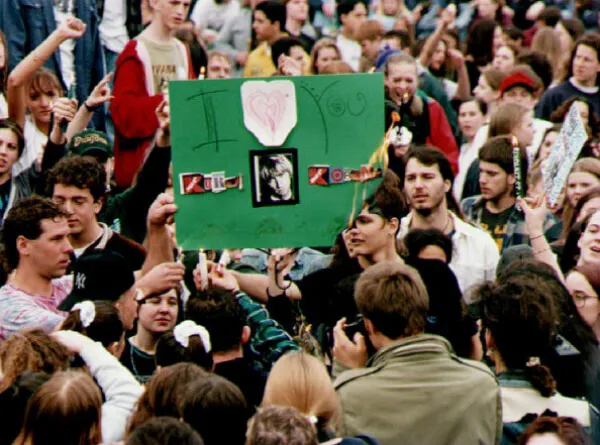
Cobain's death shook the music world and nobody knew how to move forward. Grunge as we knew it died the day Cobain took his own life. Even after his passing, he continues to be an inspiration to fans everywhere. Nirvana would release Unplugged in New York weeks after his death.
With Cobain gone, there was a struggle of what to do. Grohl and Novoselic fought with Love for years over the band's music, which was finally resolved in 2002. It would take a few more years to see unreleased music from the band, including a documentary about Cobain.
Always Felt Closer To The Feminine Side
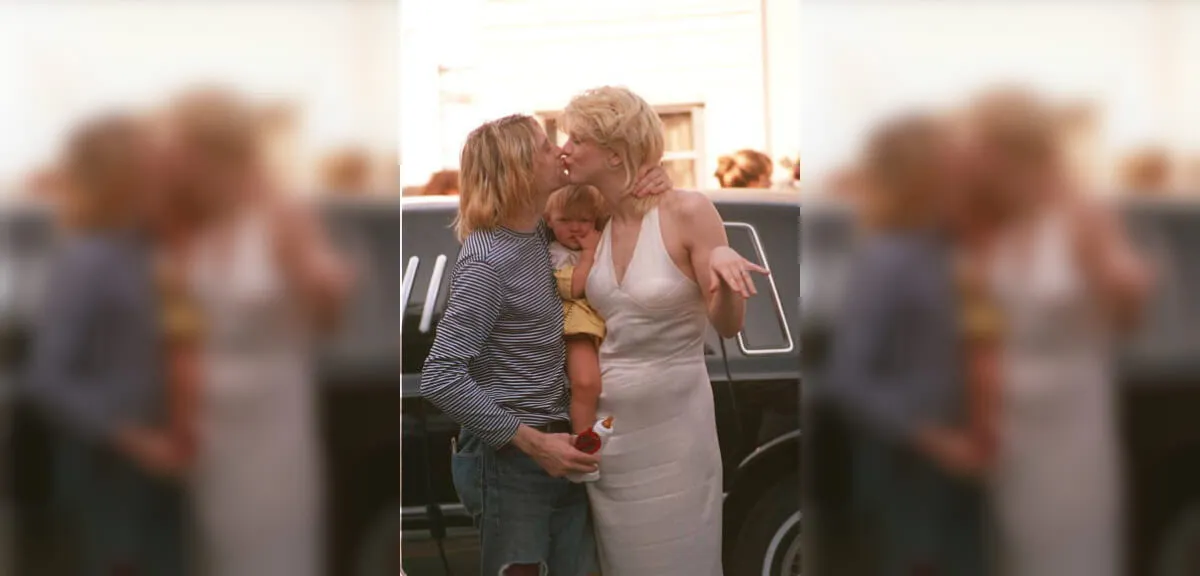
Since he didn't have many friends, Cobain told Rolling Stone Magazine that he felt closer to the feminine side of the human compared to the male. He ended up hanging out with girls a lot and he felt that most girls weren't treated with respect since they were oppressed.
As much as he faced trouble at a young age, Cobain always found comfort with the ladies. He didn't sleaze around much as he felt strictly drawn to Love soon after he let his guard down. It would have been great to see how he would have raised his daughter too.
There Goes My Hero
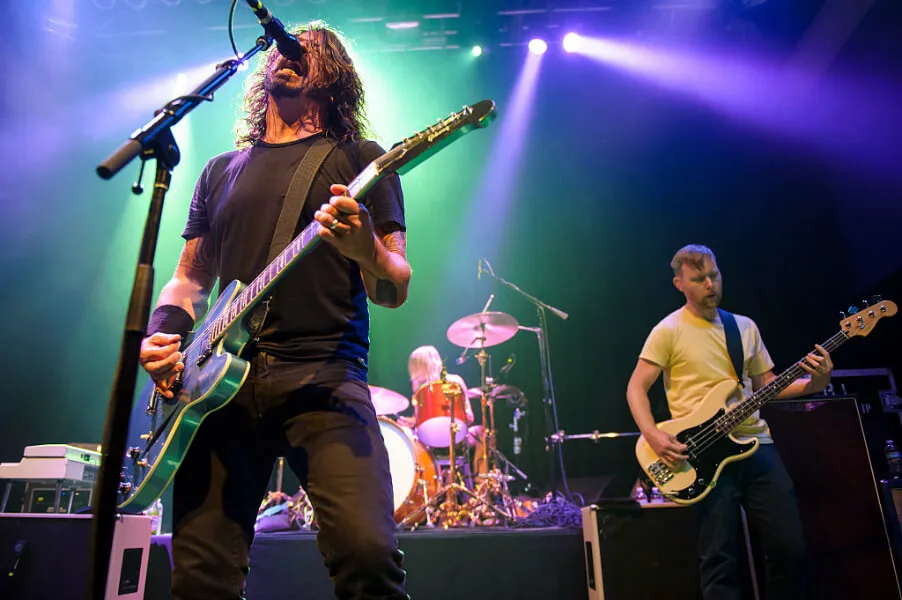
It's obvious to say that if Cobain was still around, there's a good chance the Foo Fighters would have never existed. In 1997, the Foos released their debut album The Color & The Shape and there was one particular track that was about Grohl's former bandmate.
"My Hero" is about Cobain since the lyrics make the obvious connection to Dave himself. One lyric from the song stood out the most, especially to Grohl. "He's ordinary, Don't the best of them bleed it out" that was a reference to Cobain's struggle with being famous.
Posthumous Accolades
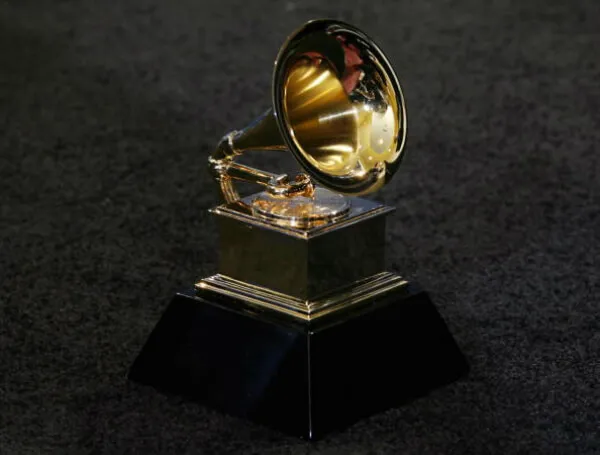
Nirvana won a Grammy, but it came after Kurt's passing. The group was awarded Best Rock Performance thanks to their Unplugged session on MTV. Overall the band received twelve awards from twenty-five nominations. They were up for a Juno Award too.
But, the biggest honor would come in 2014. The cultural revolution that was Nirvana earned them an induction into the Rock and Roll Hall of Fame. It makes sense as to why they got the call to the hall — they disdained the corporate music and provided a different approach to music.
Montage Of Heck
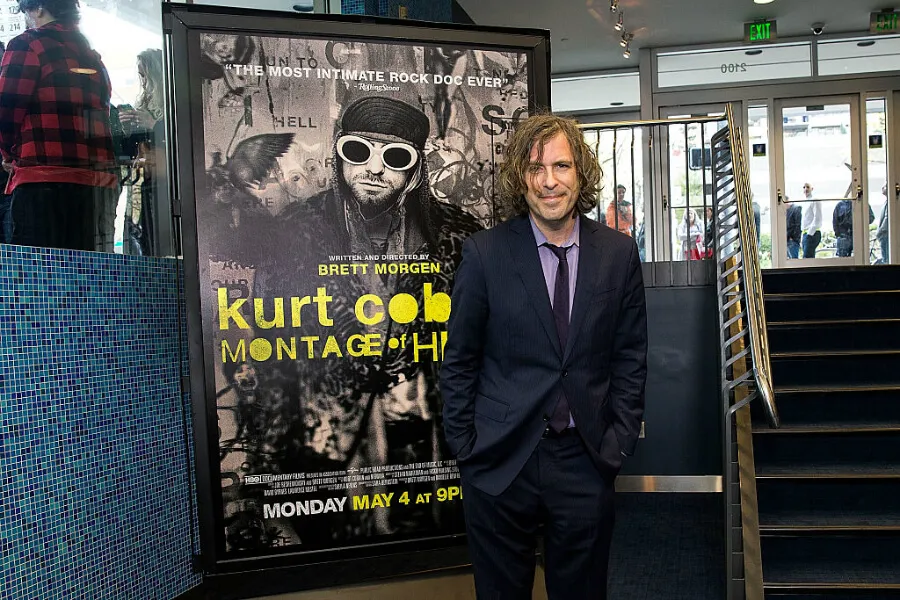
In 2015, a documentary film about Cobain was released. Montage of Heck chronicled the life of Cobain through his troubled times as a child and rise to fame as the king of grunge. The film also included artwork from Cobain which included music and sound collages composed by him.
The documentary was met with great reviews. Fans of the band finally got to see more of Cobain and his troubled times while dealing with the reality of being famous. But for Buzz Osbourne, he called the documentary mostly misguided fiction about Cobain.
The Home Recordings
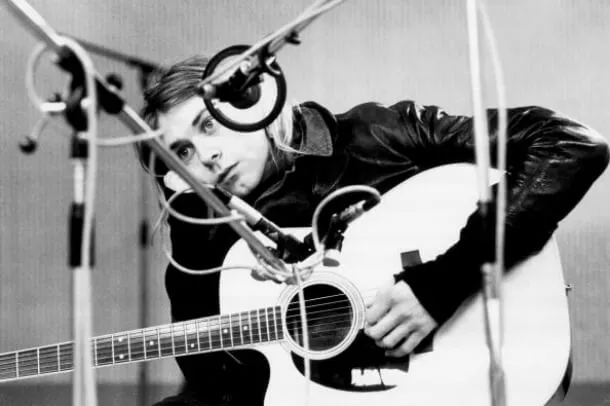
Montage of Heck: The Home Recordings were used for the documentary. The album was released as a 13-track CD and a 31-track deluxe album. The 13-tracks focus on the music found from Cobain's personal cassettes and the 31-track showcases tracks from the documentary with spoken words, demos, and full songs.
Met with mixed reviews, it gave people a chance to hear what Cobain could have created — a full-length solo album. This is the closest thing fans will get to Cobain's other projects. Then again, if he was still around, the album would have been released much earlier.









